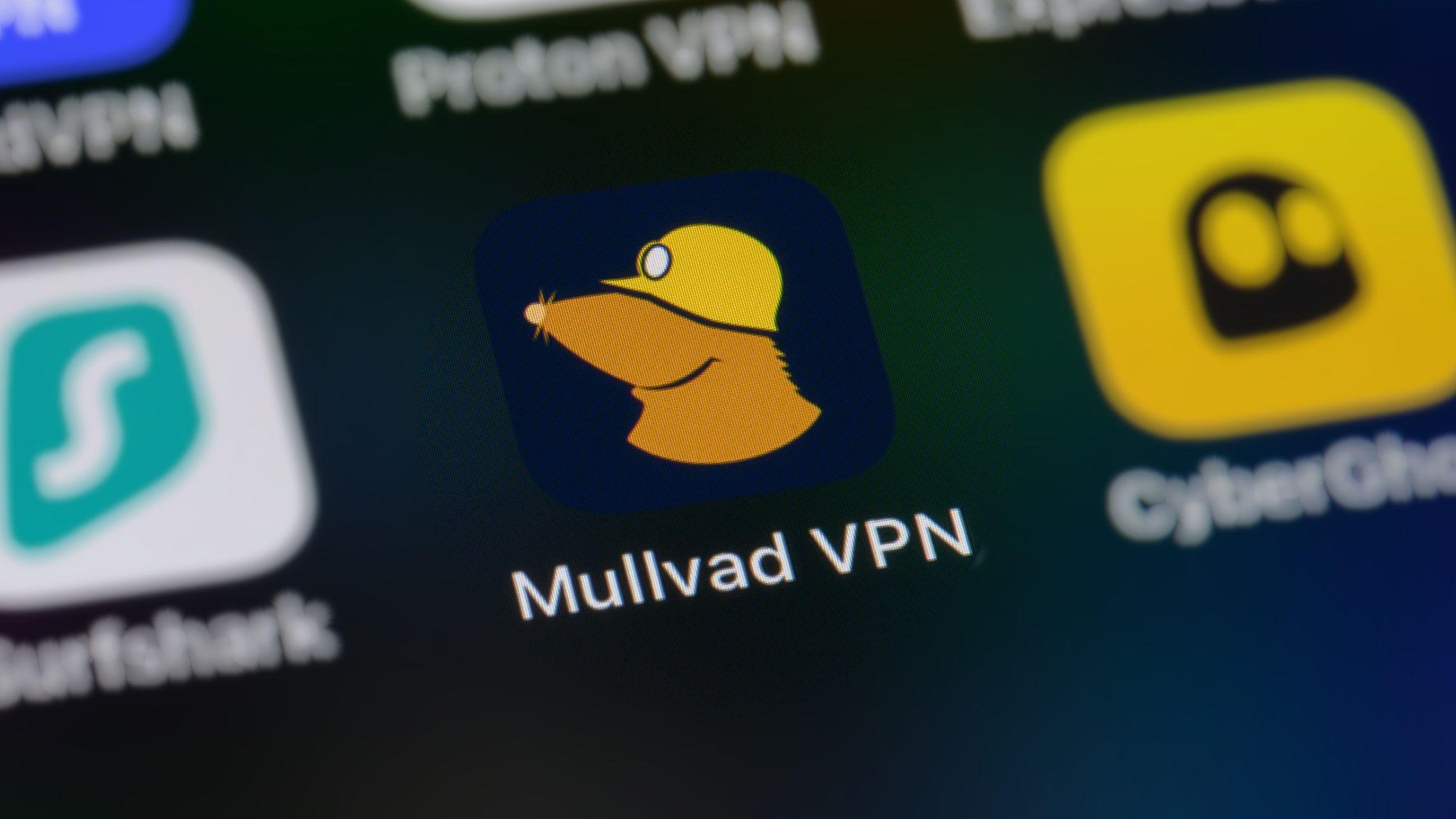- Mullvad VPN just added WireGuard lightweight obfuscation (LWO)
- It promises to defeat VPN blocks, without loss of performance
- LWO is currently available on all desktop and Android platforms
Mullvad VPN has just added Lightweight WireGuard Obfuscation (LWO) to its WireGuard protocol connections. Its goal is to help users bypass increasingly sophisticated VPN blocks, such as those found in restrictive networks and national firewalls.
Even though WireGuard is downright blocked at the protocol level, LWO should help get around this problem. But the new feature isn’t just effective. It’s also much less punitive than other obfuscation methods, allowing fast connection speeds even on low-powered devices.
This update could make the The Mullvad VPN app works in locations that often cannot benefit from the protection of some of the best VPN services. Currently, LWO is available to Mullvad users on desktop and Android, with iOS support coming in a future release.
How does WireGuard lightweight obfuscation work?
Lightweight WireGuard Obfuscation (LWO) is Mullvad’s latest anti-censorship feature. It is built directly above the WireGuard protocol.
Instead of wrapping traffic in additional layers, as some other VPN obfuscation methods tend to do, LWO takes a more efficient approach.
“Typically, obfuscation comes with a significant processing overhead, which affects throughput. LWO is extremely lightweight to the point of being barely measurable,” a Mullvad representative told TechRadar.
In practice, Mullvad explains, LWO scrambles WireGuard headers in place to prevent header fingerprinting. This makes LWO a suitable option to use in restricted networks where WireGuard is blocked at the protocol level.
Perhaps best of all, these extra steps make your connection more censorship-resistant without slowing it down.
We’re excited to add Lightweight WireGuard Obfuscation, aimed at helping users bypass firewalls and censorship. This new feature is now available on all desktop and Android platforms. Learn more here: https://t.co/tQg13bGRukNovember 12, 2025
The addition of LWO marks the fourth WireGuard obfuscation update for Mullvad. More recently, Mullvad also introduced QUIC obfuscation, which differs from LWO in one key way.
“QUIC obfuscation wraps the WireGuard tunnel in a QUIC tunnel. This is very computationally expensive and affects throughput,” Mullvad told us, suggesting using QUIC obfuscation only “in restricted networks that limit the majority of traffic types but allow web traffic.”
QUIC was initially only available on desktop, but was expanded to mobile devices in October, including Android and iOS apps.
These changes reflect Mullvad’s strong commitment to WireGuard. The VPN service will end OpenVPN encryption by January 2026, making WireGuard its only encryption protocol.
How to activate the new LWO protocol in Mullvad?
Currently, LWO is available to Mullvad users on desktop and Android devices, but a Mullvad representative told us it will come to iOS in Q1 2026.
LWO triggers if your device cannot connect otherwise, so the app will automatically try to use LWO after a few failed connection attempts.
If you want Mullvad to be set to LWO by default, you can enable it by going to Settings > VPN Settings > WireGuard Settings > Obfuscation > LWO.
Follow TechRadar on Google News And add us as your favorite source to get our news, reviews and expert opinions in your feeds. Make sure to click the Follow button!




